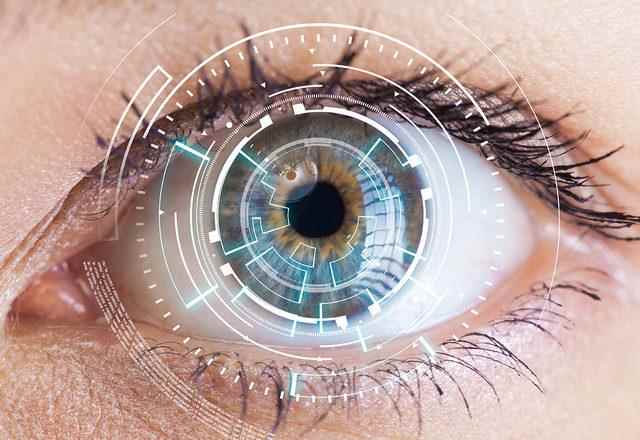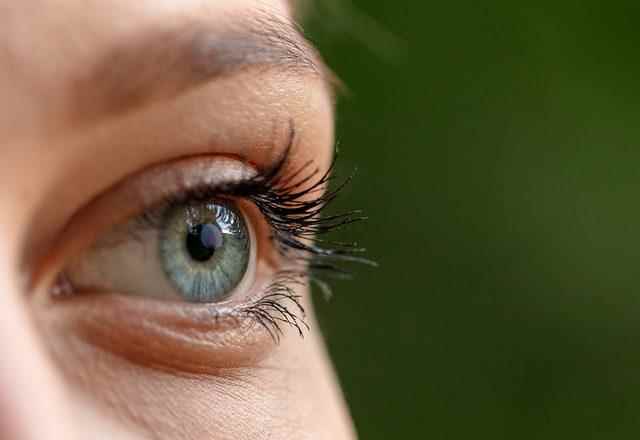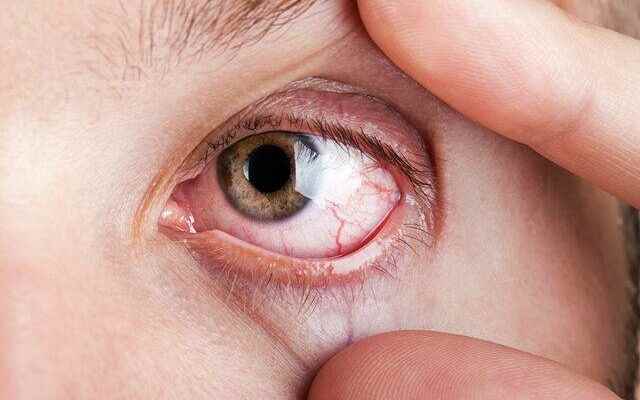Dry eye occurs when the amount of the tear film layer, which moistens the surface of the eye and is necessary for eye health, decreases or its durability deteriorates. Dry eye disease is frequently encountered, especially due to the increased use of screens. At least 344 million people in the world have dry eye disease.
ATTENTION TO DRY EYE SYMPTOMS
Dr. Instructor Member Sezer Hacıağaoğlu said, “This disease causes many complaints that reduce the quality of life, such as burning, stinging, foreign body sensation in the eyes, redness, watering, itching at the bottom of the eyelashes, eye fatigue, blurred vision. Digital screen exposure, contact lenses are among the main causes of dry eye. use, some systemic diseases such as rheumatic diseases, skin diseases such as Sjögren’s syndrome, rosacea and seborrheic dermatitis, the use of some systemic drugs, and eye drops that are constantly used due to other eye diseases can be counted.
THERE ARE 2 MAIN FACTORS EFFECTIVE
Stating that 2 main factors are effective in the formation of dry eye disease, Hacıağaoğlu said, “The first of these is the lack of production or decrease in production from the glands that produce tears, which we see less frequently. The second is excessive evaporation of adequately produced tears, which accounts for about 86 percent of dry eye. he added.
IGNORING COMPLAINTS CAUSES DRY EYE DISEASE

Stating that the main reason for the rapid evaporation of tears is the reduction of the oil layer, which is one of the three components that make up the tear, or the deterioration of its content, he made the following evaluations:
The oil layer of the tear is produced from 15-20 tiny glands located parallel to each other on the lower and upper eyelids. Obstruction of the ends of these glands is also known as eyelash root inflammation among the people. Patients often complain of itching, redness, shedding of eyelashes due to eye rubbing, and burrs at the bottom of the eyelashes. If the complaints are ignored and not treated at this stage, they become chronic after a while, causing loss of glands and dry eye disease.’
TEARS OIL CONTENT MUST BE CORRECTED IN TREATMENT
Emphasizing that artificial tear drops are the first step in the treatment to increase the amount of tears and provide humidification, Hacıağaoğlu stated that drops containing cortisone and cyclosporine are used in the treatment to suppress inflammation. Hacıağaoğlu stated that correcting the tear oil content and increasing the amount is the most important step in the treatment of dry eye disease, and said:
‘For this, it is essential to ensure good eyelid hygiene by managing eyelash root inflammation (blepharitis) very well. If there is a blockage at the ends of these glands, the plugs should be opened with hot application and massage, and eyelash hygiene should be provided with shampoos containing tea tree oil specially produced for the eyes. However, both the warm dressings and massages applied by the patients at home may be insufficient and the lack of response to the treatment may reduce the patient’s compliance. For this reason, effective new treatment options have been developed in the hospital environment, under the control of a physician, in order to open the plugs in the glands and to ensure good eyelid hygiene. These current treatment options; LipiFlow and Eye-Light are IPL treatments.’
THE TREATMENT IS PAINLESS AND TAKES 12 MINUTES

Noting that LipiFlow is an FDA-approved dry eye treatment that lasts about 12 minutes in a painless and comfortable way and is applied in a single session, Hacıağaoğlu said:
‘This is not a surgical intervention or surgery. In the treatment, it is aimed to rework the Meibomian glands under the eyelids and secrete oil with disposable, sterile apparatus placed on the eyelids. After the treatment, patients can continue their social lives without restrictions. This treatment has been used for many years in many centers in the USA and Europe, and many publications have reported that it is effective in dry eye disease in the literature. Patients start to feel the positive effects of the treatment after about 1 week and it is known that the best effect is seen in the 1st month. Efficacy after treatment lasts between 6 and 12 months.
PATIENTS CAN RETURN TO THEIR DAILY LIVES AFTER THE TREATMENT
Eye-Light IPL and LLLT Mask treatment consists of two steps. The first step is IPL, that is, intense pulsed light therapy. This technology, which has been used safely in skin diseases such as spot treatment and telangiectasia for many years, has been widely used in the treatment of dry eye disease, sty, and blepharitis for more than 10 years. It is also known as laser eye dryness treatment among the people. Patients do not feel any pain or ache during either phase of the treatment. After the treatment, they can continue their daily lives without restriction. Eye-Light IPL and LLLT Mask treatments are usually applied in 3 sessions with 10-15 days apart. Depending on the severity of the patient’s dry eye disease and the response to treatment, the sessions can be reduced or increased up to 4-6 sessions.’
